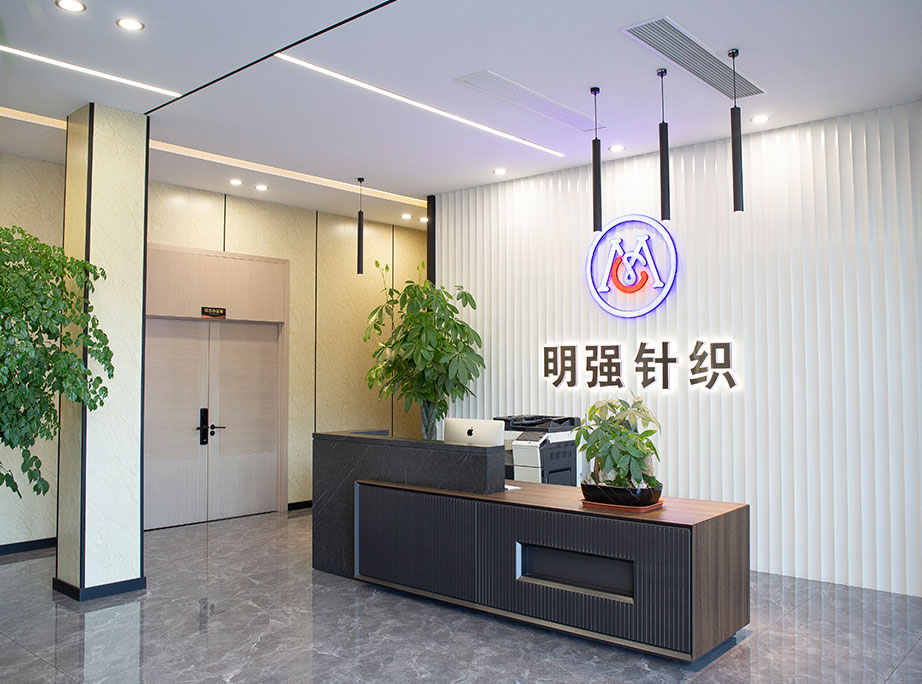The Benefits of Health Cloth?
If we consider "
Health Cloth" as a fabric or textile material with health-related properties, there are several potential uses and benefits it could offer. Here are some examples:
1. Antibacterial and antimicrobial properties: Health Cloth could be treated or engineered to have antimicrobial properties, which can help inhibit the growth of bacteria and reduce the risk of infections. This could be particularly useful in medical settings, where minimizing the transmission of pathogens is crucial.
2. Moisture management: Health Cloth might be designed to effectively wick away moisture from the body, keeping the skin dry and comfortable. This can be beneficial for individuals engaging in physical activities or experiencing excessive sweating.
3. Breathability: The fabric could be constructed in a way that allows air circulation, promoting better breathability and ventilation. Improved breathability can enhance comfort and reduce the likelihood of skin irritations or rashes.
4. Odor control: Health Cloth could incorporate technologies or treatments that help control unpleasant odors, making it suitable for use in garments or textiles that are prone to developing odors, such as workout clothing or socks.
5. UV protection: The fabric might possess UV-protective properties, providing an additional layer of defense against harmful ultraviolet (UV) rays from the sun. This can be beneficial for outdoor activities or for individuals with sensitive skin.
6. Allergen resistance: Health Cloth could be designed to repel or minimize the presence of common allergens such as dust mites, pet dander, or pollen. This could be particularly useful for individuals with allergies or respiratory conditions.
7. Softness and comfort: The fabric could be engineered to be exceptionally soft, providing a comfortable and gentle feel against the skin. This could be advantageous for individuals with sensitive skin or those seeking enhanced comfort in their clothing or bedding.
How is Health Cloth different from conventional fabrics in terms of its health-related properties?
If we consider the hypothetical scenario where "Health Cloth" is a fabric or textile material with health-related properties, it could differ from conventional fabrics in a few ways:
1. Specialized treatments or technologies: Health Cloth might incorporate specialized treatments or technologies that impart specific health-related properties. For example, it could be treated with antimicrobial agents, moisture-wicking finishes, or UV-protective coatings, which may not be present in traditional fabrics.
2. Enhanced performance: Health Cloth may be engineered to provide improved performance in terms of moisture management, breathability, or odor control compared to conventional fabrics. It could be designed to address specific health concerns or comfort requirements.
3. Targeted health benefits: Health Cloth might claim to offer targeted health benefits, such as reducing the risk of infections, minimizing allergies, or providing additional protection against UV radiation. These specific health-related properties could differentiate it from regular fabrics.
4. Certifications or standards: If Health Cloth were to exist as a recognized product, it might have undergone testing and certification to validate its health-related claims. This could provide an assurance of its performance and differentiate it from conventional fabrics.
Is Health Cloth suitable for individuals with specific medical conditions or sensitivities?
If we consider "Health Cloth" as a fabric or textile material with health-related properties, its suitability for individuals with specific medical conditions or sensitivities would depend on the nature of those conditions and the specific properties of the fabric. Here are some considerations:
1. Allergies: Individuals with allergies, especially to certain fabrics or materials, may need to assess whether Health Cloth contains any allergens or irritants that could trigger an allergic reaction. If
Health Cloth claims to be hypoallergenic or allergen-resistant, it may be more suitable for individuals with allergies.
2. Skin sensitivities: People with sensitive skin or conditions like eczema may want to evaluate whether Health Cloth is gentle and non-irritating. Fabrics that are soft, breathable, and free from harsh chemicals or dyes might be more suitable for individuals with sensitive skin.
3. Respiratory conditions: Individuals with respiratory conditions such as asthma may want to consider if Health Cloth has properties that can minimize the presence of allergens, dust mites, or other irritants that can affect breathing. Fabrics with antimicrobial or allergen-resistant features might be more suitable in these cases.
4. Specific medical requirements: Certain medical conditions or procedures may necessitate specific fabric properties. For example, post-surgical garments may require fabrics that provide gentle compression, moisture management, or antimicrobial properties. In such cases, it's important to consult with healthcare professionals to determine the most appropriate fabric for the specific medical need.
If there are specific health-related claims or recommendations associated with a product, it's advisable to consult with healthcare professionals or experts in the field to assess its suitability for individual circumstances.










